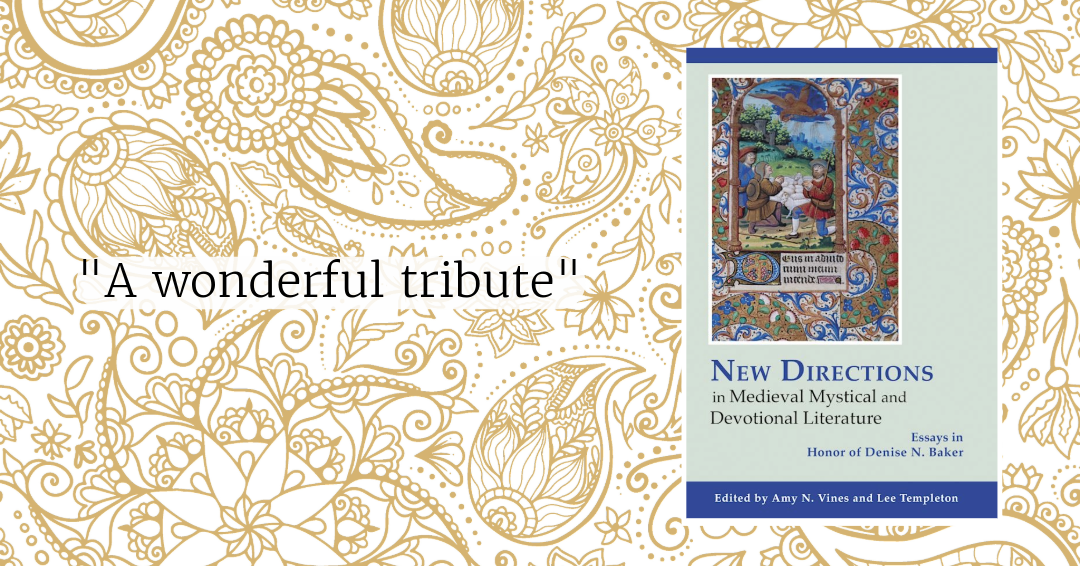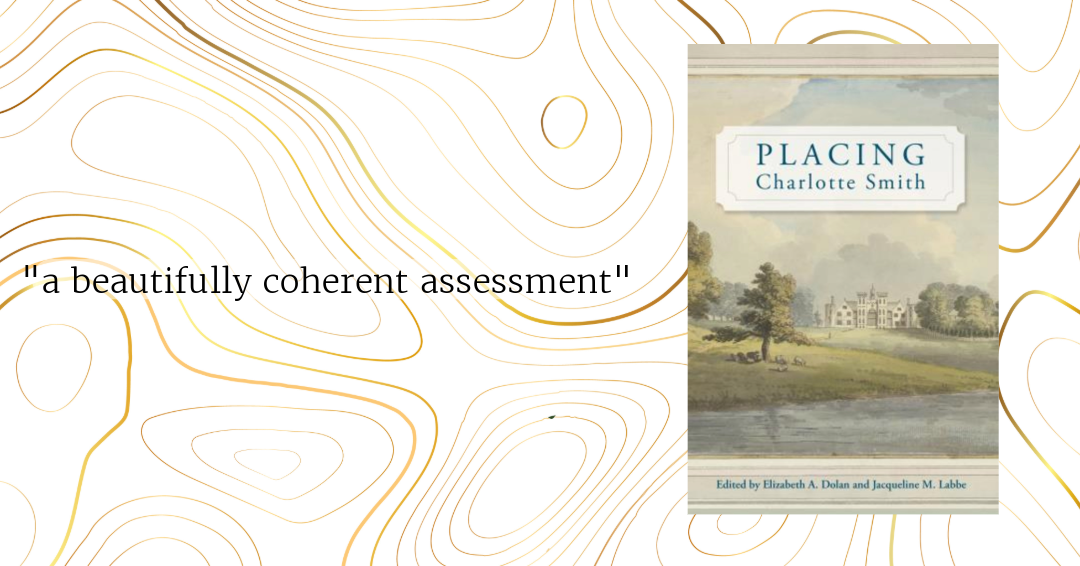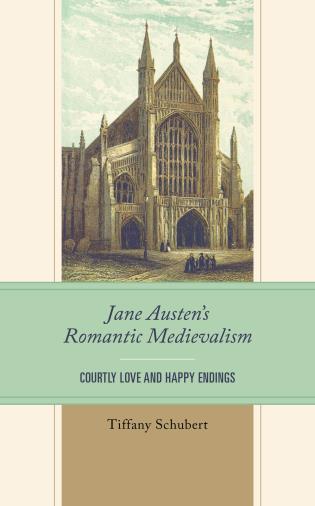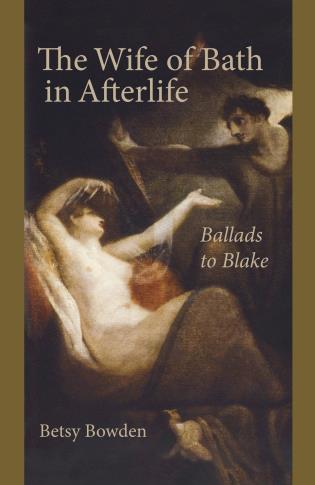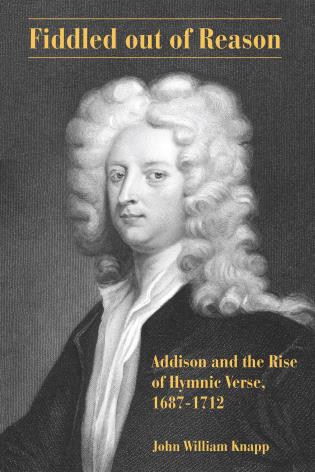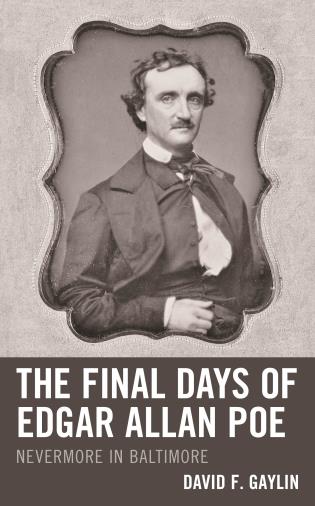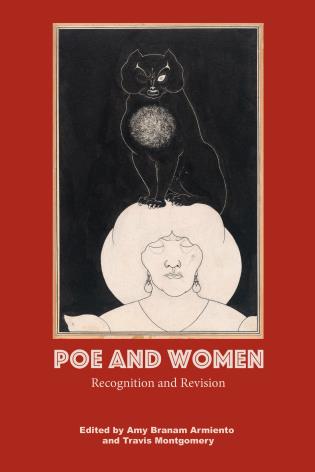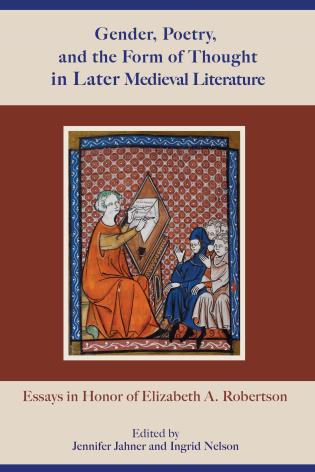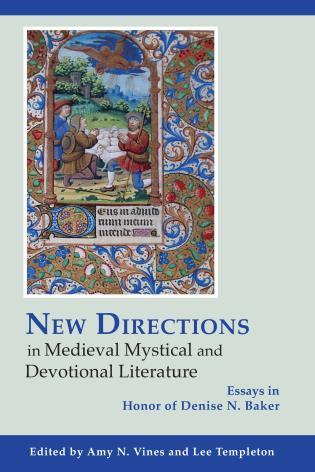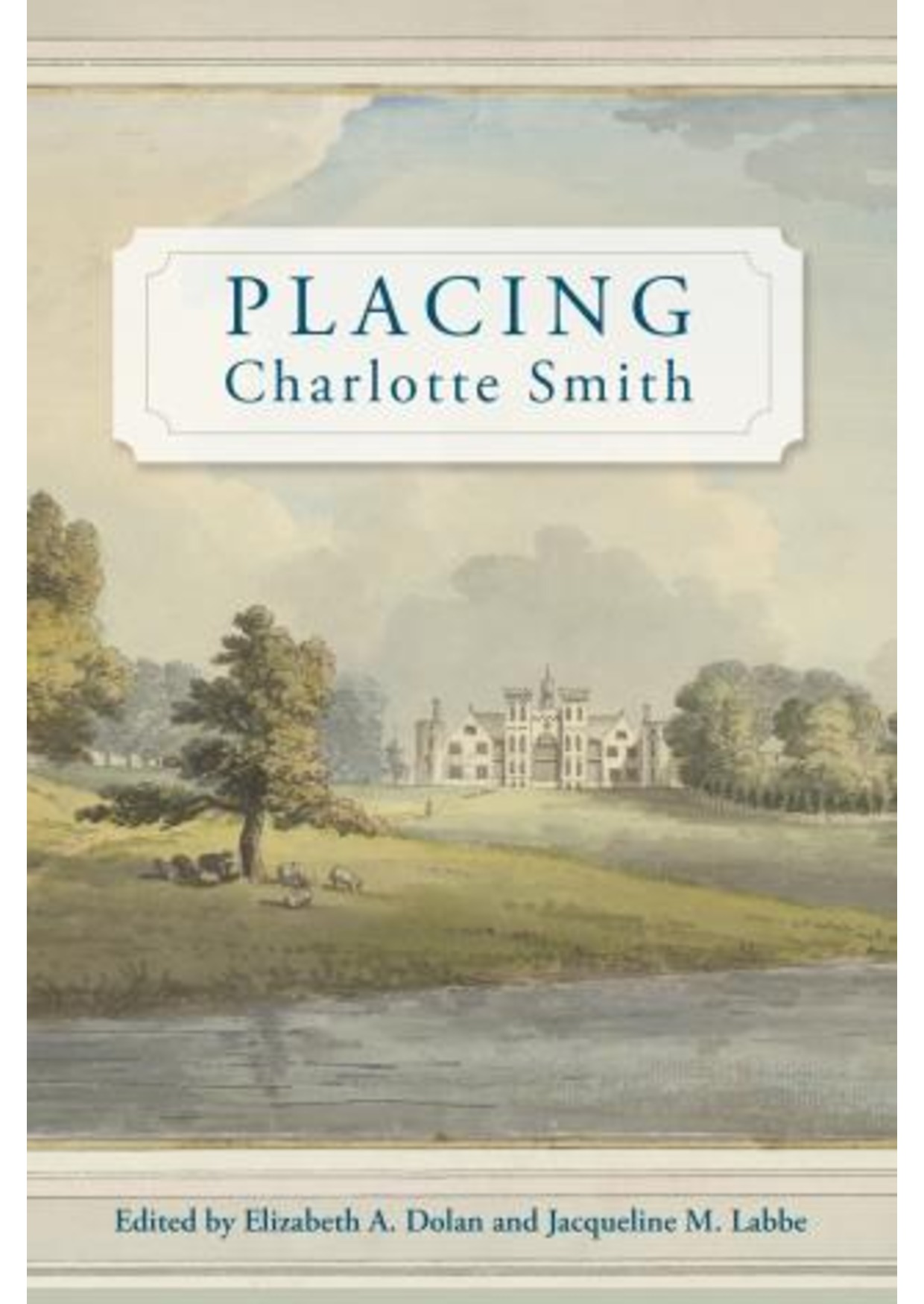The Wunderkammer of Lady Charlotte Guest examines the life of a truly extraordinary Victorian woman, Lady Charlotte Guest Schreiber. Lady Charlotte learned Welsh in order to provide the first complete translation of the Mabinogion; ran her late husband's ironmongery until her eldest son attained his majority; then married a man fourteen years her junior and enjoyed a distinguished career as a collector of porcelain, playing cards, and fans. Although Lady Charlotte's biography is fascinating in its own right, the scholarly emphasis of this book centers on how the impulse to collect informed her translations and her journals as well as her later catalogues. Using the theories of Jean Baudrillard, Walter Benjamin, Mieke Bal, Susan Miller, and Susan Pierce, this book examines how collecting allowed Lady Charlotte to create a series of private signifying systems that often countered the prevailing Victorian discourse assigned to women.
Lady Charlotte's translation of the Mabinogion opens a window into several important nineteenth-century intellectual issues. It sheds light on the interrelationships among antiquarianism, philosophy, folklore collection, and children's literature that underlie the works of such seminal creators of the Victorian fairy tale as the Brothers Grim. In addition, the Mabinogion was influential in establishing King Arthur as a Victorian cultural iconso influential, in fact, that both Arnold and Tennyson acknowledged their debt to Lady Charlotte. However, this identification of Lady Charlotte's Mabinogion with the high Victorian view of Arthur is considerably problematized by Sidney Lanier's reworking of Lady Charlotte's Mabinogion into The Boy's Mabinogion. Although Lanier changed none of Lady Charlotte's actual translation only excising portions and writing a new introduction and notes the result is a Mabinogion that reflects not the typical British Victorian ideal, but rather the enormous popularity of Arthurian children's literature in America during the late nineteenth century. This transformation is a significant demonstration of how cultural discourse can be changed by shifting contexts, even when the actual text remains the same.
Lady Charlotte's porcelain collections open a window into a different, but related world: that of such nineteenth-century collectors as Anna Jameson and Joseph Marryat. Lady Charlotte is routinely considered to be a connoisseur on a par with these figures, yet her earlier history as a translator makes her work a unique opportunity to explore how a collection functions as a signifying system--an area of literary criticism explored by Walter Benjamin and Jean Baudrillard. This study extends Benjamin's and Baudrillard's ideas to an examination of Lady Charlotte's original journals and papers considering them in the context of a major, but often overlooked, form of literary collection: the commonplace book.
The Wunderkammer of Lady Charlotte Guest offers insight into a unique and fascinating woman, as well as further exploring an important area of critical inquiry. This book will be of interest to anyone interested in Women's Studies, Nineteenth- Century Cultural Studies, or Children's Literature.



